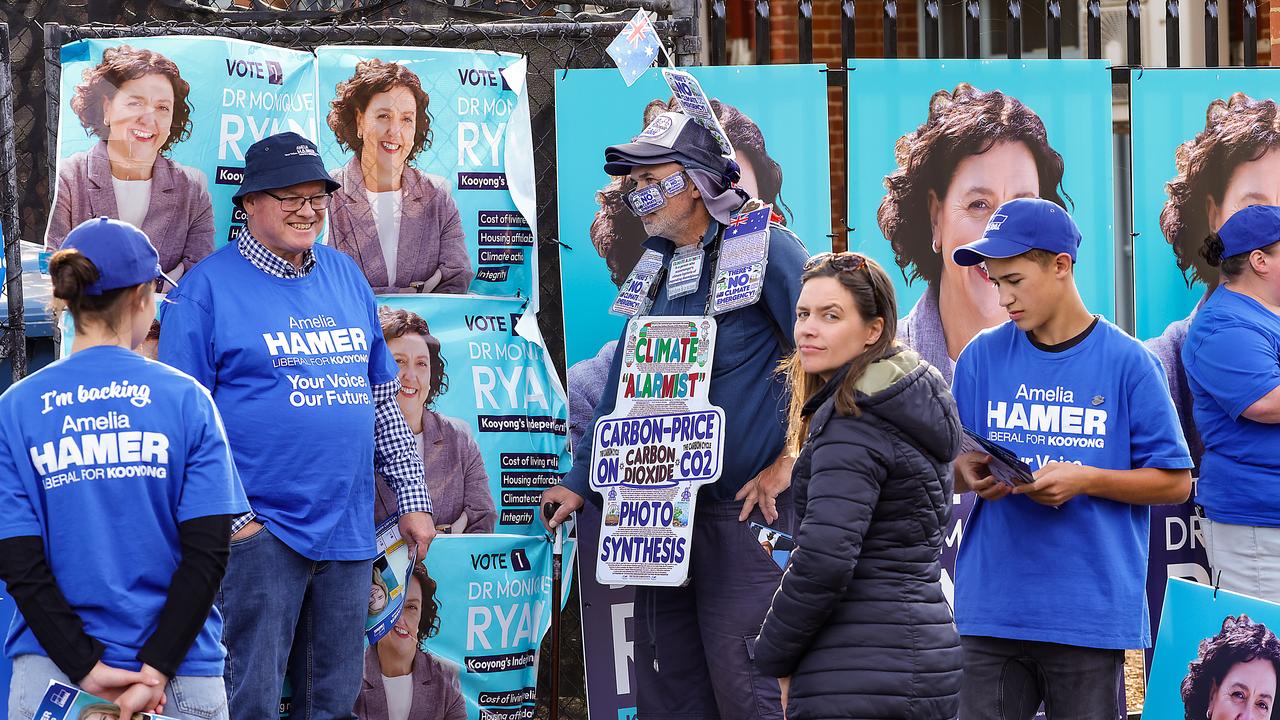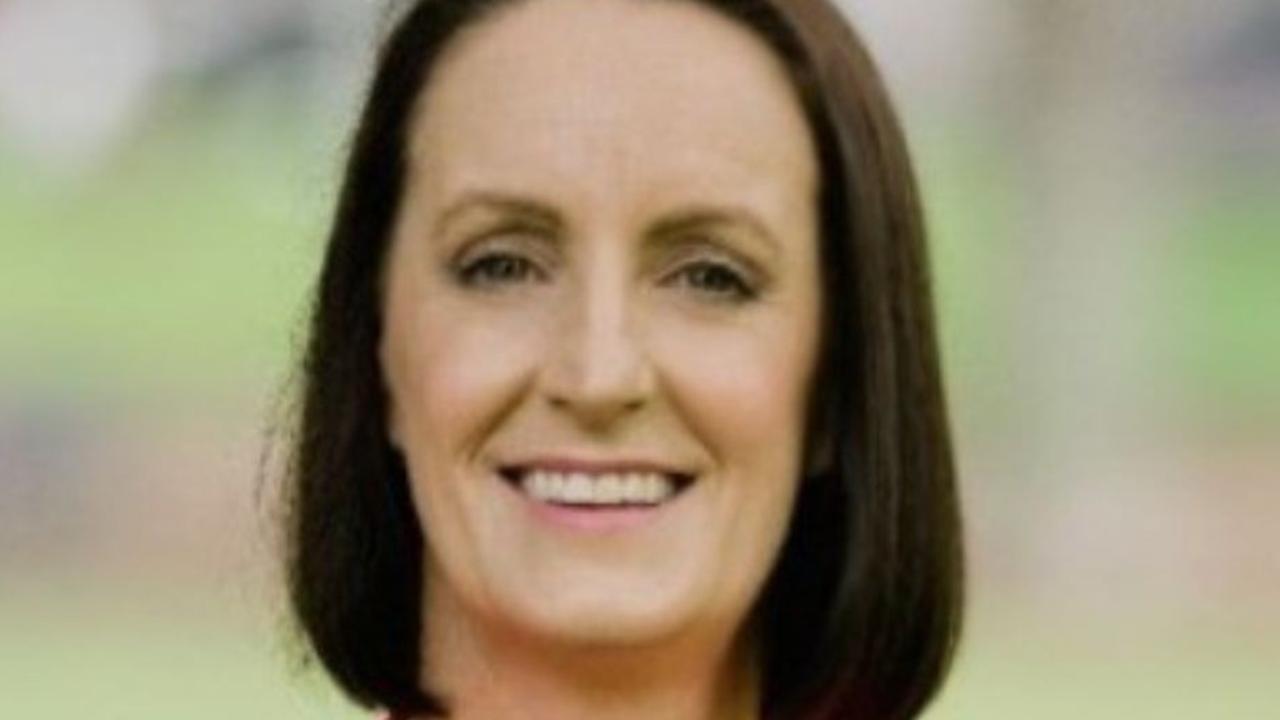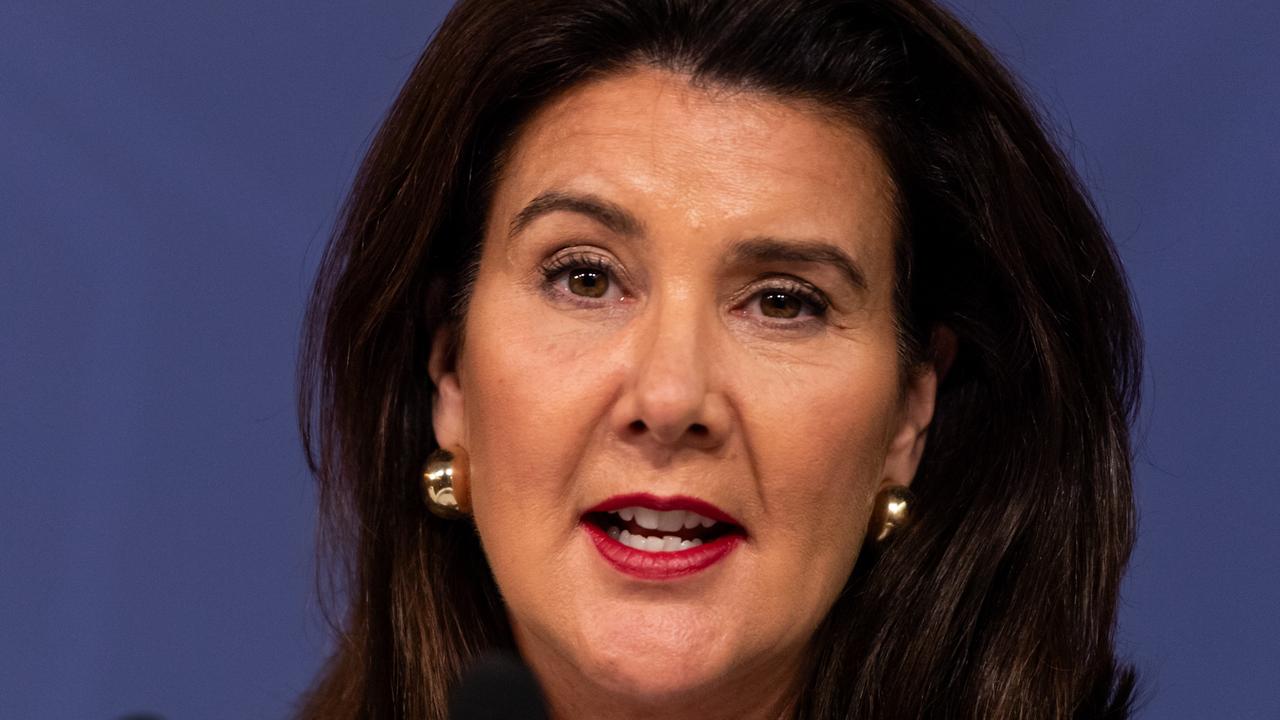When will we know the federal election outcome? It could be a long night
After five long weeks, Australians are in the process of deciding who forms the next government. When will we know who won? It could take a while.
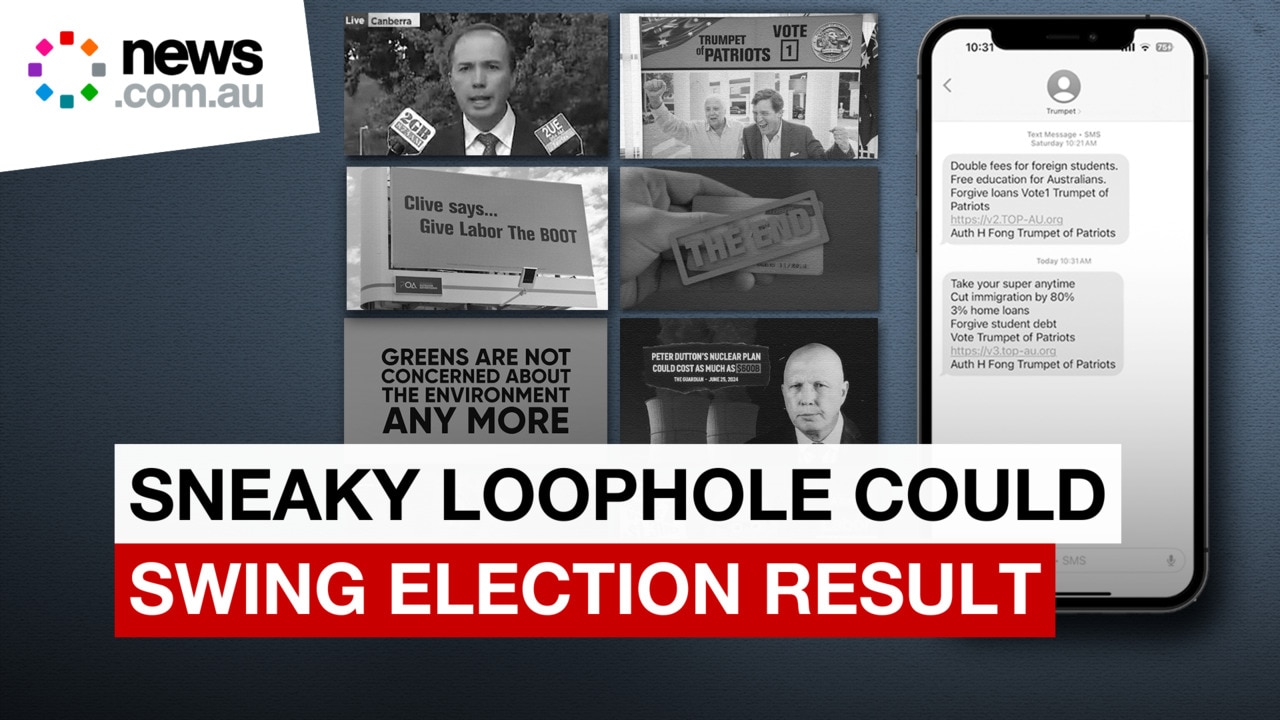
It’s the question on everyone’s lips: When will we know who has won the 2025 Federal Election?
The answer depends on a few variables and one or two unique features.
Weeks of successive opinion polls have pointed to a defeat for the Coalition and either a convincing or narrow victory for Labor, depending on the provider.
But those who recall the outcome of 2019, when Scott Morrison pulled off an electoral “miracle” to beat hot favourite Bill Shorten, won’t be counting their chickens.
“And the polling missed Labor’s primary vote in 2022 and it was only a good preference flow that meant the two-party preferred polling was relatively accurate,” Sky News chief election analyst Tom Connell pointed out.
And there are also predictions of a minority government, where either Anthony Albanese or Peter Dutton need to woo the crossbench to secure power.
Campaigning continues right up until the last minute, but for a huge number of voters, their minds have already been made up.
Millions have already decided
It’ll be a busy day at voting centres across the country as people file into schools, churches and community centres.
But according to the Australian Electoral Commission, about 40 per cent of eligible voters have already performed their civic duty.
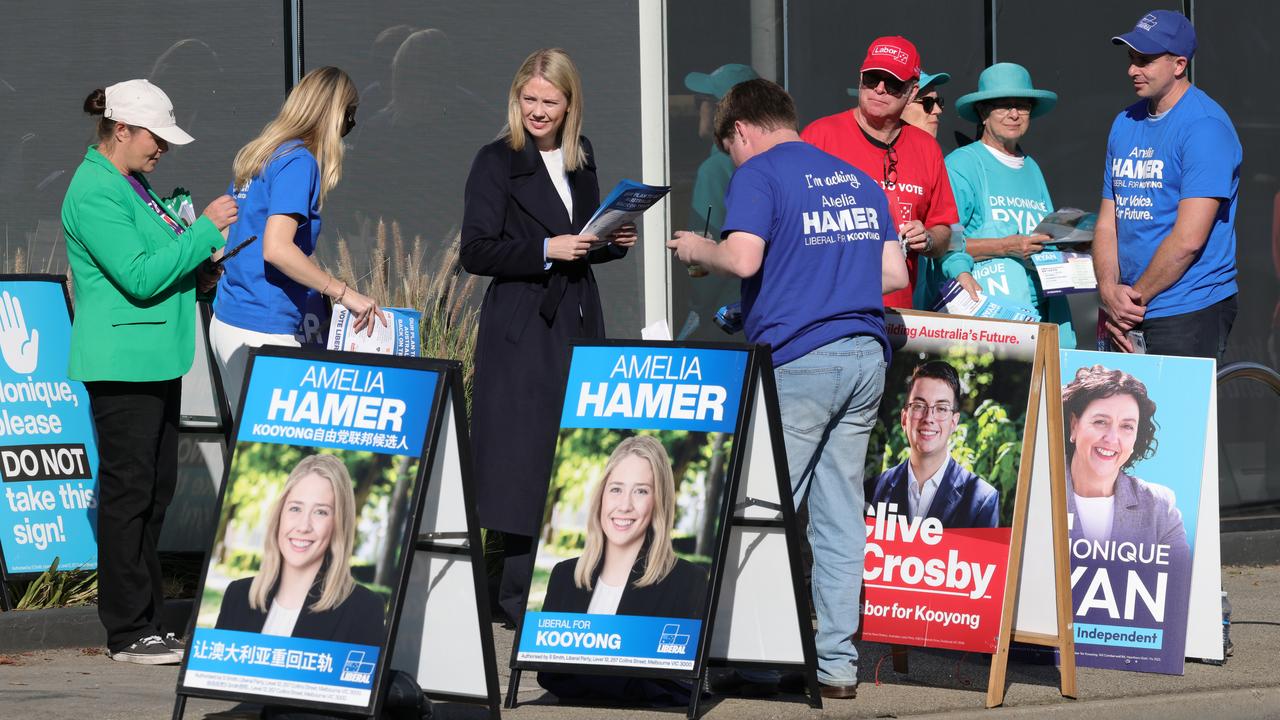
MORE:Election promise that could supercharge property prices
Of the 18.1 million enrolled Australians, 5.67 million have voted early at pre-poll locations while 1.52 million have returned their postal ballots, based on data up to Thursday.
On top of that, 129,000 votes have been cast with mobile polling teams, 23,400 have been lodged in remote communities, and 41,900 Aussies living abroad have returned their ballots.
This election’s early vote figures have established a new record high.
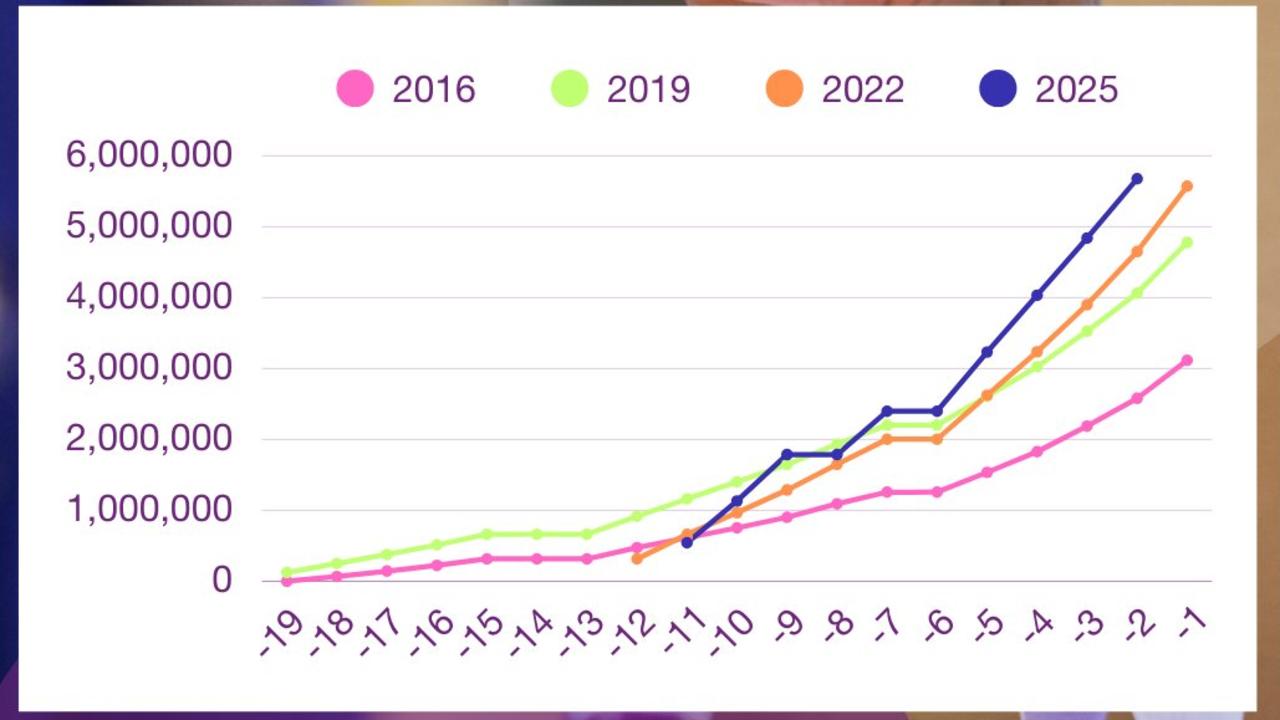
“Pre-poll votes tend to favour the Coalition,” veteran ABC election analyst Antony Green said.
“At the last election, it meant from the polling day votes, Labor’s two-party preferred vote dropped 1.6 per cent.
“We’re factoring in that drop for this election to predict from polling places. So, if we’ve got Labor on 53 per cent at 7.30pm, we’ll probably predict they’ll finish on 51.5 per cent.”
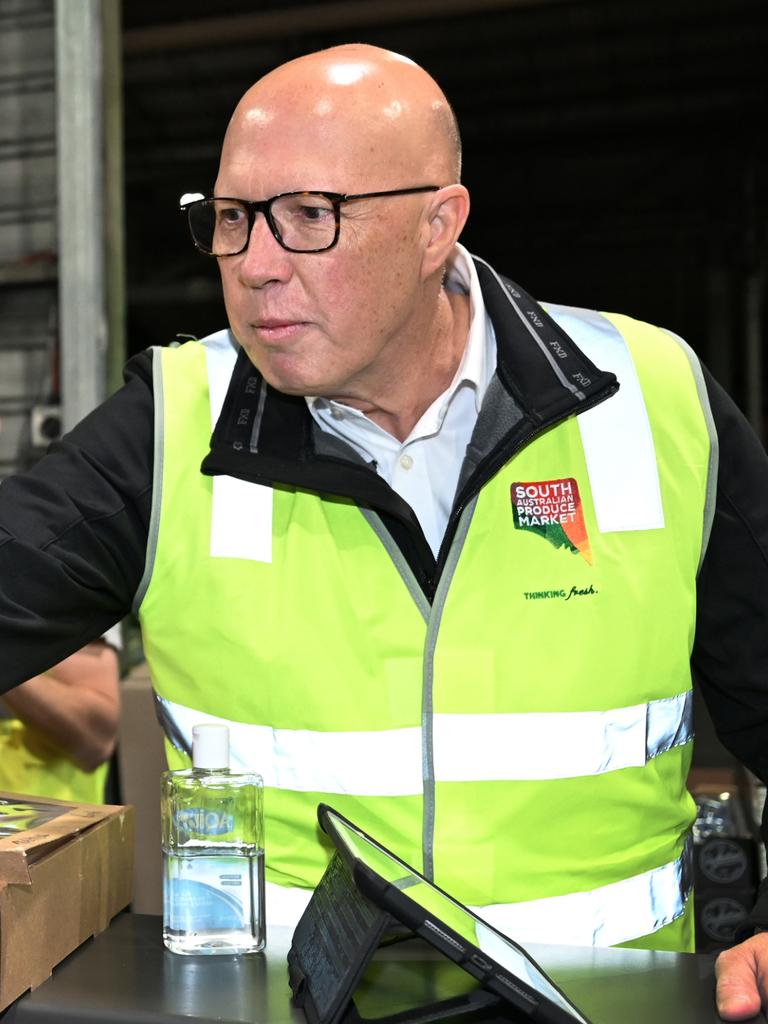

If pre-poll results are even more conservative this time around, Labor will have to be much further ahead on its polling day votes, he said.
“In that case, we won’t know until those votes arrive later in the evening. That’s the difficulty with pre-poll voting.”
It’s also been weeks now since people were allowed to begin voting early, so some key announcements have been missed and the impact of that recent growing momentum in Labor’s favour could be diminished.
“There’s also a lot of completely disengaged voters who’ve gone out to just get it done,” Mr Connell said.
“On the first day of pre-poll, I went out to speak to people who were there at the first opportunity. The earliest they could. Most still weren’t sure how they were voting while they were in the queue.”
The count begins at 6pm
Polls close at 6pm local time across the country and election officials begin counting immediately.
This time around, the majority of pre-poll and a proportion of returned postal votes will be counted on the night too.
“We’ll get lots and lots of polling day votes early, then by about 8.30pm there may be a slowdown in the count, before pre-polls come later in the evening,” Mr Green said.
Those on-the-day votes are counted first, which could give an early impression of where things are headed – only for an abrupt shift once early votes flood in, Mr Connell said.
“As we get up to 40 to 45 per cent of the vote being counted, all those pre-poll booths will come in. We just have to be wary of that factor.”
Will it be a late night?
Broadly speaking, Australians have more often than not gone to bed on election night knowing which party will form the next government.
“I think we could be in for a long night,” Mr Connell said. “You’d have to have Labor as the favourite – not just because of polling, but the trend is significant.
“But there’s nothing uniform about polling. The national polls might only be telling part of the story. There are different moods in different states, in different cohorts, so there’s a lot of uncertainty.”
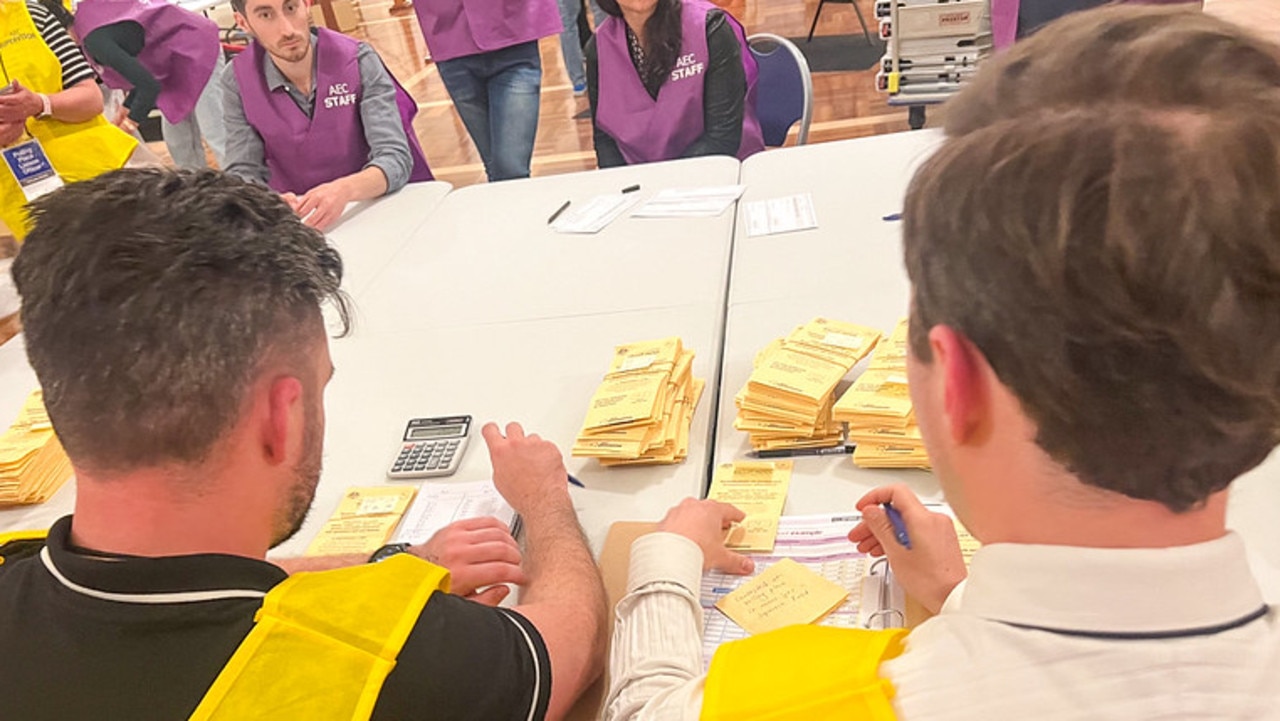
Mr Green agreed that definitive results have become less and less certain in recent times.
“The difficulty with election analysis in the modern era is the declining vote for the major parties,” Mr Green said.
“It means there are more seats [in play]. You have to estimate the result based on voting patterns you haven’t seen previously.”
Take the last election in 2022.
“The last election was difficult because of those seats the independents won in Sydney and Melbourne. You just couldn’t call them because you have no history.
“Because of our preferential voting system, you have to wait for further numbers and for something to be done with the preferences.”
But if it’s a big result …
If voters deliver a surprise by overwhelmingly backing one of the major parties, it could be done and dusted quickly.
“If the result is clear one way or the other, we’ll know by about 7.30pm,” Mr Green said.
“If it’s closer than that, we’ll have to wait longer. The closer it is, the longer we’ll have to wait for further counting.”

The magic number
On March 28, the Governor-General formally dissolved the 47th parliament and an election was called.
At that point, Labor held 78 seats and the Coalition held 54 in the 151-member House of Representatives.
The remainder were made up by independent MPs (13), the Greens (four), the Centre Alliance (one) and Katter’s Australia Party (one).
Electoral boundaries are redrawn or redistributed from time-to-time, and at this election, the Lower House has shrunk to 150 members.
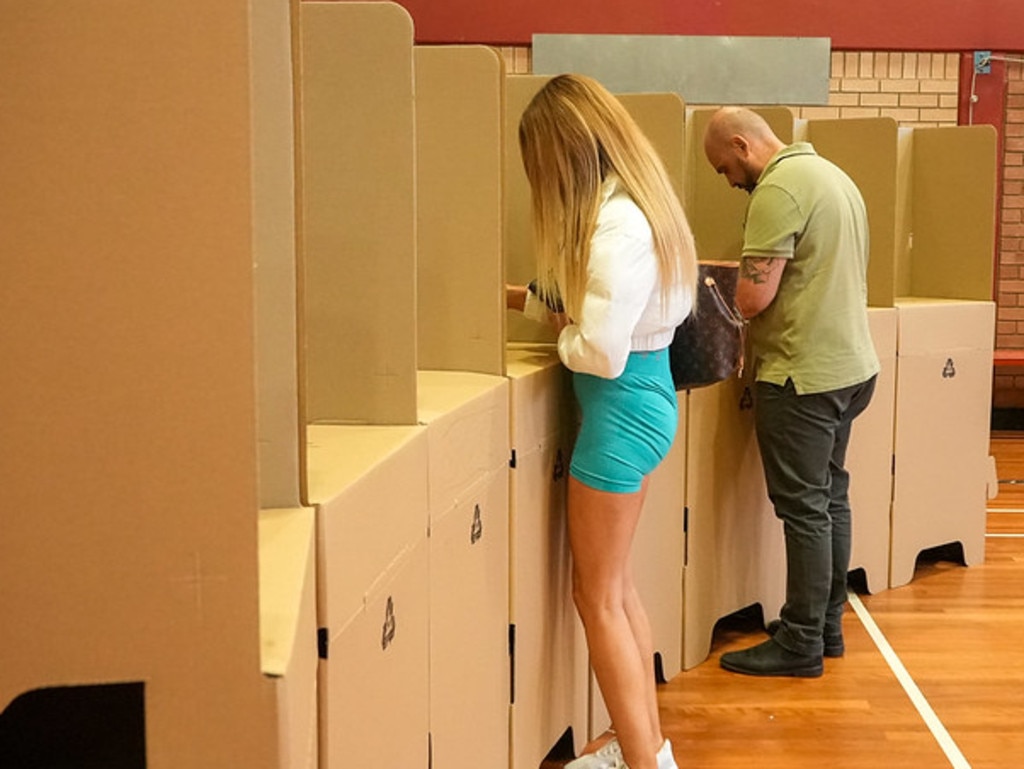
New South Wales and Victoria each lost a seat, while Western Australia gained one.
In order to form government, Labor or the Coalition need to win at least 76 seats. Pollsters overwhelmingly agree it will be near impossible for the Coalition to achieve that feat.
But Labor faces an uphill battle too, Mr Connell said.
“Securing a majority still seems difficult for me. Labor has had such a difficult three years and it’s such a slim majority they hold as it is.
“In one sense, calculations are pretty simple – they lose a seat, they need to gain a seat. But they can only lose a few until things get tricky.
“I just think there’s more uncertainty around this time.”
If no-one wins a majority
Should neither major party succeed in securing a majority, one will need the support of the crossbench – the Greens, independents, and Bob Katter or Rebekha Sharkie.
If that scenario plays out, there could be lengthy negotiations to secure enough support.
Mr Connell believes “a minority government is shaping up as the more likely result”.
The last time Australia wound up with a minority government was in 2010, the closest election result in almost five decades.
Julia Gillard and Tony Abbott commenced negotiations with the crossbench that dragged on for a staggering 17 days.
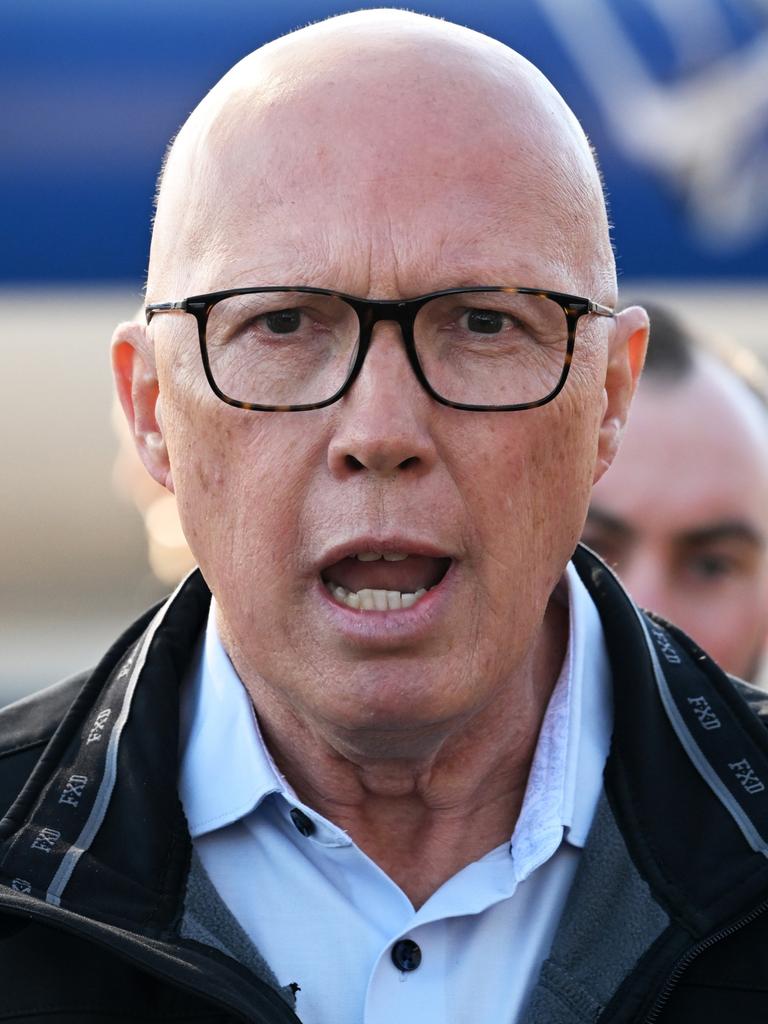
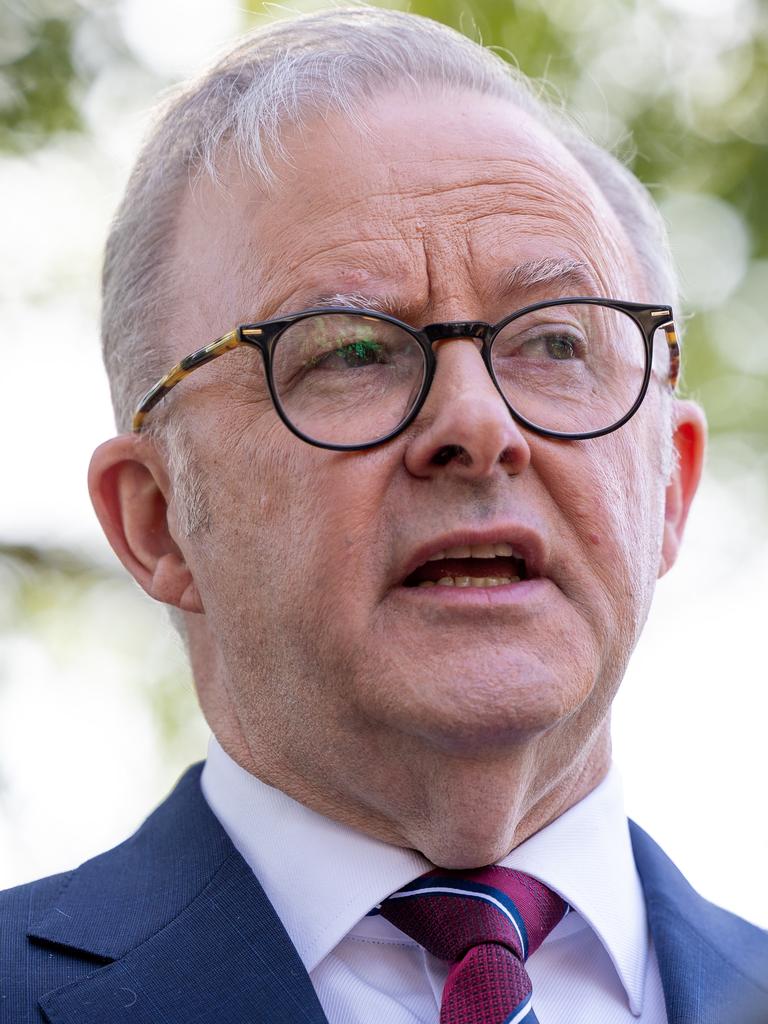
Labor was eventually able to form minority government.
“The careful deliberation would pay off,” The Australia Institute’s Skye Predavec said.
“Despite the slow start, the Gillard minority government would go on to pass legislation at a higher daily rate than any other Australian government.”
Mr Green said it’s unlikely a minority government scenario would lead to those kinds of protracted negotiations.
“If Labor does fall short, it’s not going to be like the Gillard Government. This parliament has a large crossbench.
“And in 2010, Labor had one fewer seat than the Coalition. This election, they’re likely to have more seats than the Coalition if the polls are correct. That would make it a relatively stable minority government.”
What could decide it
A number of issues have proven critical to voters over the course of the election, but perhaps the most poignant is the ongoing cost-of-living crisis.
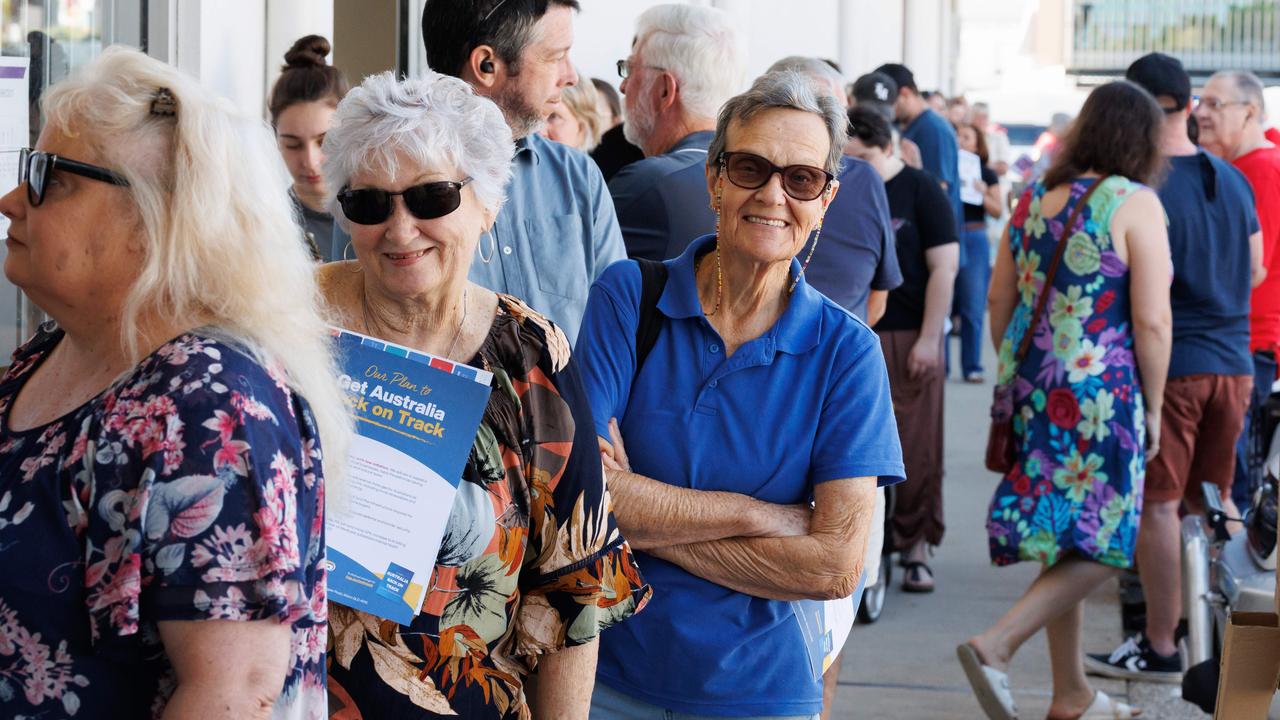
The Real Concerns Report, commissioned by Real Insurance and released on the eve of the election day, shows a “noticeable jump” in anxiety.
Australians’ overall concern level about financial pressures rated 61.9 per cent out of 100, up sharply from the index scores of 59.7 per cent at the 2022 election and 44.5 per cent in 2019.
The primary concern for half of all voters (52 per cent) is economic uncertainty and financial pressures, up significantly from 35 per cent at the last election.
And the overwhelming majority of Australians – a staggering 91 per cent – are concerned about cost of living.
How can I follow the results?
Follow news.com.au’s rolling coverage throughout the day as Australia votes, as well as live updates on the count on Saturday night and the wash-up on Sunday.




